The weather has been cold and clear in Nelson for the last week now. From our home, we get a tantalizing view of the mountain peaks covered in snow, and we woke up this morning wanting to get a better view. We had not been all the way up to Kokanee Glacier Park before, so we looked it up on the provincial parks website.
“Hmm, 20 km out to Kokanee Creek park, then 16 km of dirt road up the Kokanee Creek valley from Kootenay Lake, and the parking lot is at 1,570 m!” It was -3 C at our house, so it would only get colder going up. Driving slow up a bumpy dirt road with the heat on, and gaining just over 1,000m was going to do a number on the battery.
The reality of pure electric vehicles (at this point) is that you do need to think about your driving range when you are about to embark on a type of trip you haven’t done before. The elevation change doesn’t affect my “fuel economy” any differently than it does a gas car (takes the same amount of energy to get the car up a hill), but for my car in the winter, 120km is the typical max range, so it is like driving your gas car around with only a 1/4 of a tank (or less!) at all times. You would probably think twice about driving that far and up a big hill with only a quarter of a tank of gas too!
So, I loaded up my “electric car trip planner” spreadsheet and plugged in the distances and elevations. Important side note: the “distance to empty” value, or range meter, or whatever you want to call it on your current car, only looks at past history, it does not look at where you plan to go and calculate expected range accordingly. I have no idea why, since I was able to come up with a simple spreadsheet to predict my energy usage in my Leaf. The car already has navigation, it should be relatively easy to plug your trip into the sat nav and have the car figure out your likely range, taking into account speeds and elevation. Anyways, my model showed that we should only use about 25% battery – this is a totally comfortable number for me, because I can always turn the heat off or slow down to extend my range if I need to.
One quick note, as alluded to on the About page, I like data, so tend to collect it and want to present it – however, you do not need to be a ‘numbers nerd’ like me to purchase, use, and enjoy an EV – for >90% of your regular usage, you will find that you get in the car and use it no different than your current vehicle.
Judging by the snow line on the ridge across the lake from us, we figured to encounter snow at about 1,400 m. We had no idea how much, so we loaded up some extra food, water, and brought our two avalanche shovels (we used to back country ski tour, pre-kids!)
Driving up was fairly uneventful, except for meeting one vehicle on a relatively steep hill about 1 km from the parking lot at the top – we stopped to let the 4wd drive vehicle by because the fellow didn’t show any signs of pulling over for us (pretty rude to make the uphill vehicle stop in snow!) He got by us, out of the tracks, no problem of course, but when we tried to get going again, our tires dug down through the compact snow and to the ice underneath. So we backed down the hill a few hundred meters to a flatter spot and took a run at it!
This was the first time I had the car in snow and I am pretty happy with it so far: it has good clearance for a car, with decent approach/departure angles, the traction control works well, and in Eco mode you can apply power very gently. We of course bought proper snow/ice tires (my favs, Nokia Hakkas!), which makes any car handle much better in the winter.
We parked at Gibson Lake and the kids got out with screeching delight in the fresh snow. (There was about 6″ by the way.) The walk around the lake is fairly easy and is about 2.5 km. The view of the surrounding mountains was spectacular (see gallery below), and I couldn’t stop snapping photos every 2 minutes, which led to a few chilly kids. So we got going and walked around the lake (well, 3 of us did; Linden [3 years old] ended up in the back-pack about half way around the lake).
- Our first view of the upcoming mountains
- We just reached the snow, the peaks were shrouded in mist
- Nearing the top and still plenty of battery
- Well this was more snow then we were expecting!
- The ice froze in a really interesting fashion on Gibson Lake
- With a week of clear cold nights recently, the hoar frost crystals have grown spectacularly
- It is hard to get a sense of them, but they were easily 3 – 4 cm long in this protected area
- Cedric, myself and Linden
- Picturesque rocks on the shore
- There were small ‘mushrooms’ of hoar frost all over the clear ice parts – pretty spectacular
- Beautiful peaks, I can’t believe we didn’t come up here this summer!
- On we go
- Linden found a fairy house under this rock with a gnarly tree growing over it
- Inside the fairy house with their icicles
- The trail was a bit slick in spots
- Apres walk snack (pre melt down by Linden!)
- On our way out
- 1/3 of the way out, haven’t ‘used’ any battery yet
- 2/3 of the way out, have gained some battery. Beautiful sunset at the time that I couldn’t capture. You can also see how much energy we are using to heat the car at this point.
We brought some hot chocolate for the kids and some excellent trail mix (dried coconut, cranberries, hazelnuts and chocolate covered cocoa nibs!) – but after a few minutes Linden had the typical 3 year old meltdown (to be fair, he was pretty tired). Back to the car and down the mountain!
I recorded key values on the way up and down, and reset the distance, average speed and energy efficiency usage meters on the Nissan Leaf (interestingly, these 3 menu features all operate independently of each other AND the trip meters), then we started back down.
The car energy efficiency meter behaves very oddly when going down long hills when you have reset the meter at the top of the hill. It doesn’t seem to cope well with the idea of regaining energy and gives oddly low energy efficiency values. I’ve included all the data in the table below to show you what I mean. I’ll explore this a bit further (i.e. is the behaviour different if you don’t reset at the top of a hill?) and report back.
The ski hill opens in a few weeks, so that should give me a regular winter up/down trip that I can play with a few ideas and see how it affects winter efficiency and how the car reports data.
Happy travels!
- R1T Efficiency Tests: Bikes and Ski Boxes - March 30, 2024
- Adding Outdoor Accessories to my R1T - December 1, 2023
- Why an EV truck? Why the R1T? - October 8, 2023
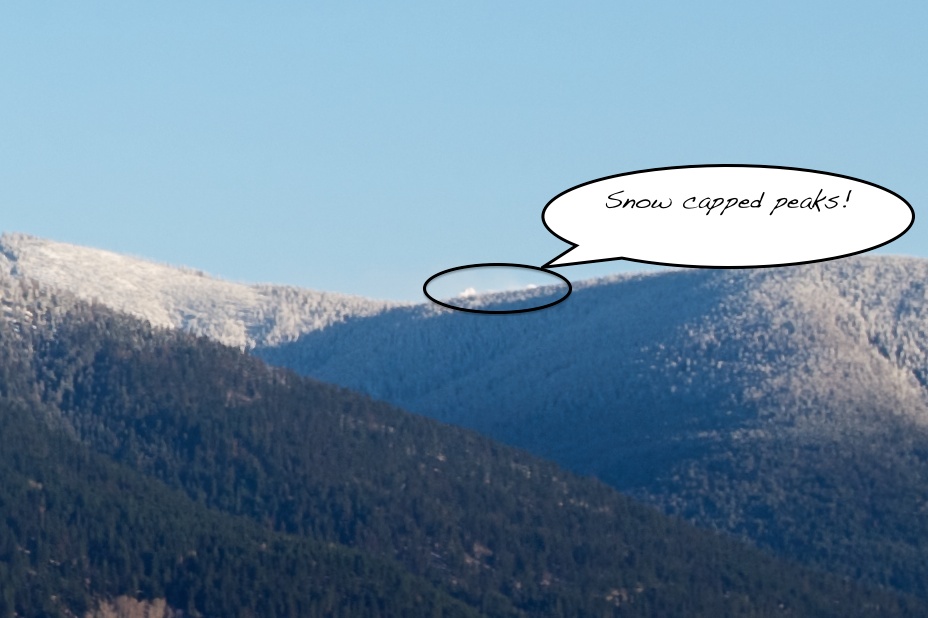
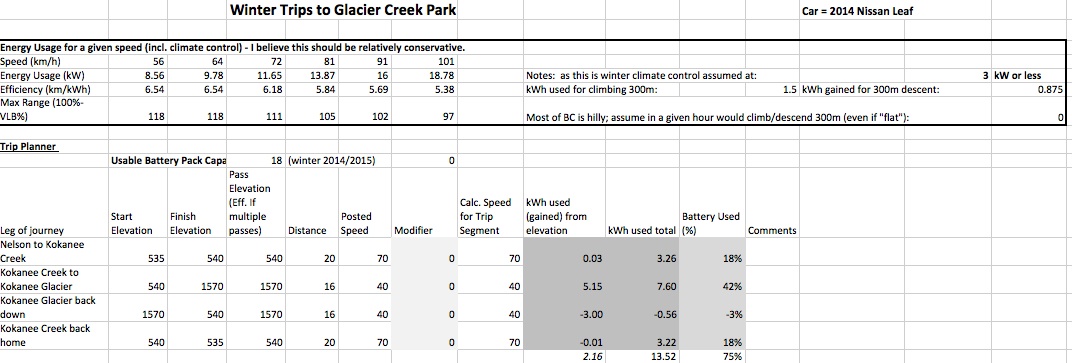
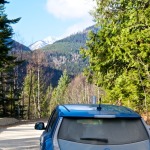


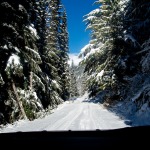
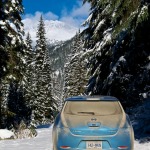
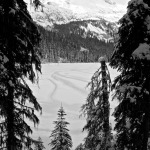
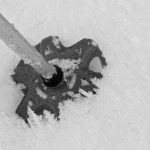

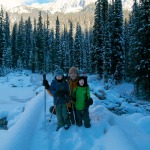
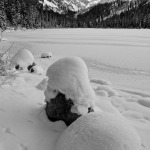

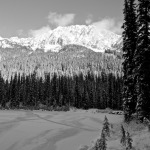

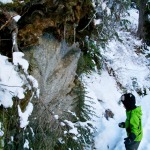

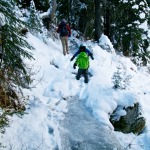

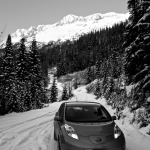

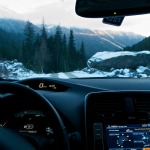
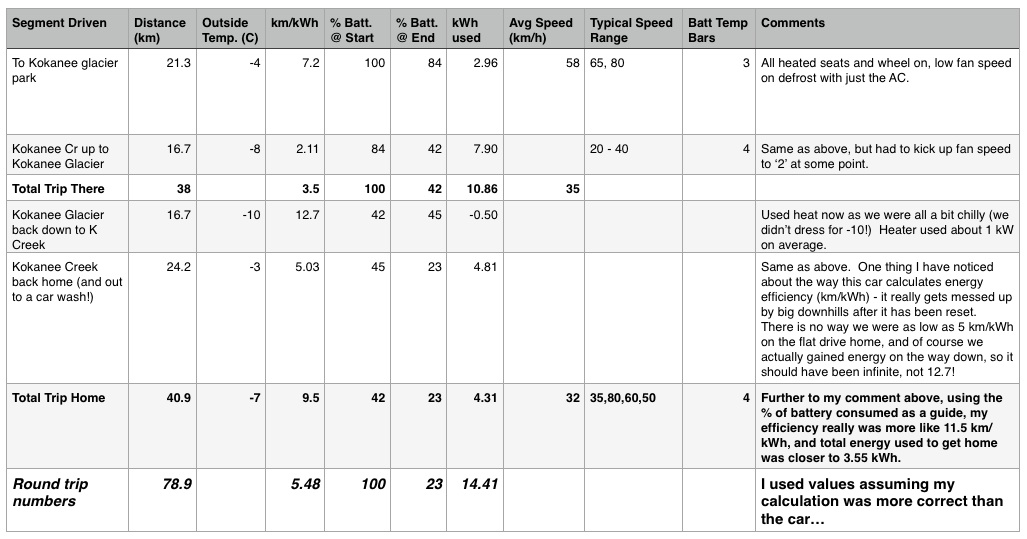

So when you got home, how close was your spreadsheet estimate of 25% to the real data?
Pretty darn close actually, I was at 23% battery charge remaining (and that was after I drove an extra 3 km to go rinse the car off).
Sounds like a great day hike with the family.
Are there other EV owners in Nelson? With the cold weather, how much more energy are you using getting to work, or I guess my question should be how much energy do you have left at the end of the commute compared to when the weather was warmer in October?
There is one other EV that I am aware of, a SMART EV (they were fellow ambassadors at the Green Home and Energy show a few weeks ago). I’m using about 1 – 1.5 kWh more for my commute right now, which leaves me with a range of about 50km when I get to work. I need to charge for a minimum of 6 hours (at Level 1 anyways) before I can drive home with some spare range. I wouldn’t be able to do my 142km round trip in the winter for sure!
The owner of Gaia Rising drives a black Volt. I spotted it while trying to park my Volt near Outer Clove and popped my head in the door. I’m heading up to Nelson tomorrow but the snow forecast means I’ll be taking my truck from Chilliwack.
Thanks Rick, always glad to be made aware of other EV owners/visitors in the area. I had noticed that Volt just last week in Herridge Lane but couldn’t figure out which store it belonged too.
If you are in the area with your EV, I have shared my charger on Plugshare. Always happy to get together to chat EVs as well.
Cheers,
Andrew
Really interesting trip report. We have a 2013 Leaf now with 24,00km. All of it around Victoria
Thanks Bob! I just ticked over 23,000km during the Christmas break. Driving 142km each day will do that I guess. We are very much enjoying our Leaf so far. We did a trip to the Island this summer, but we took our gasmobile. I did plan out how we could do the trip in the Leaf though. The part that looked dodgy to me was getting from Pt. Alberni to Tofino. There are some level 2 chargers on that side of the rock, but they seem to only be at hotels, and we camped. Maybe in a few years though!
Pingback: Chevy Bolt EV: a review from rural BC – Kootenay EV Family